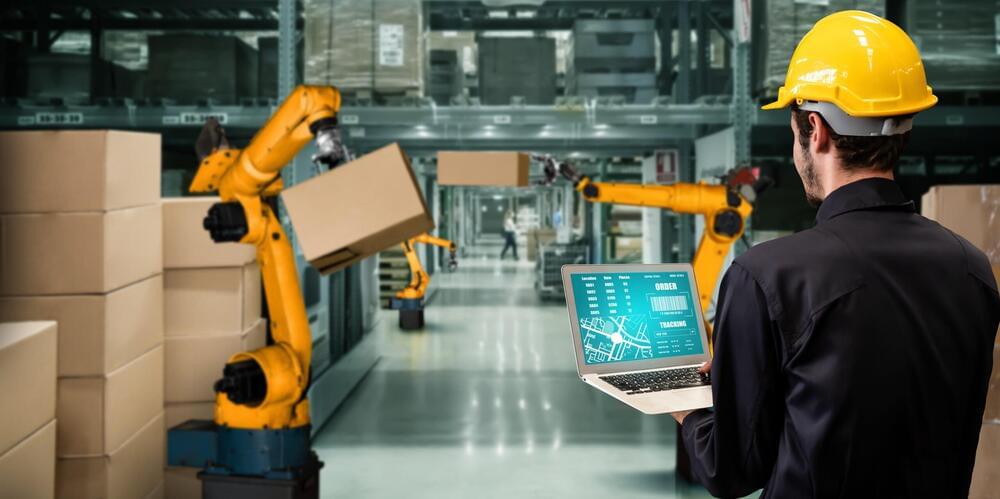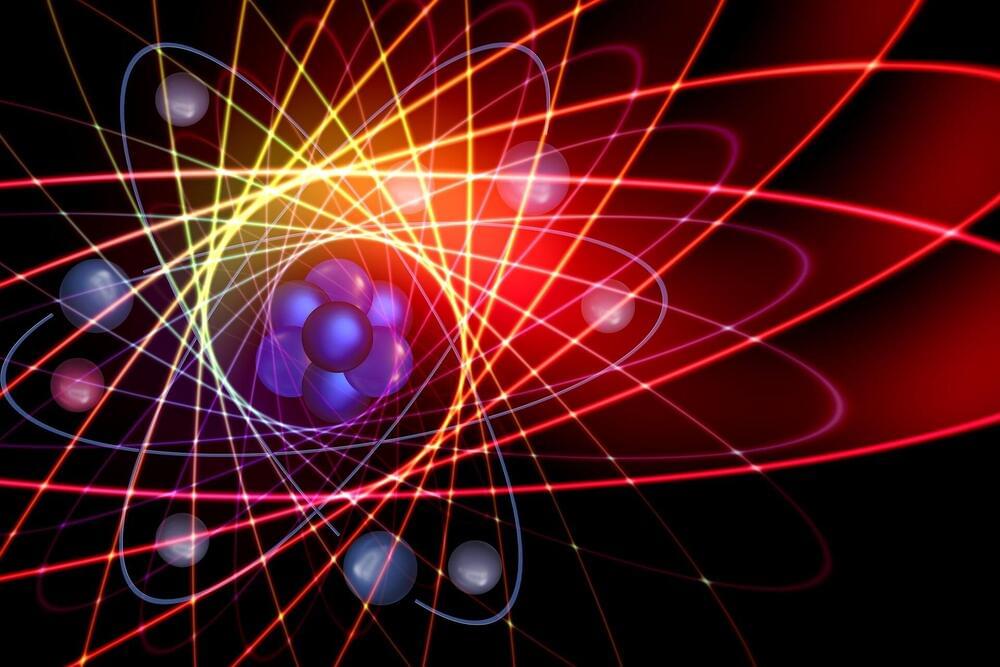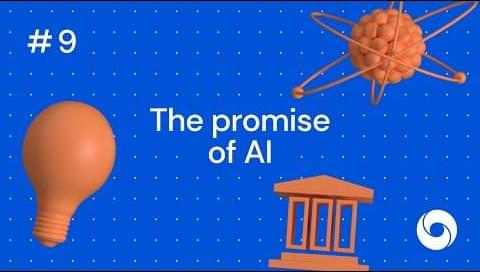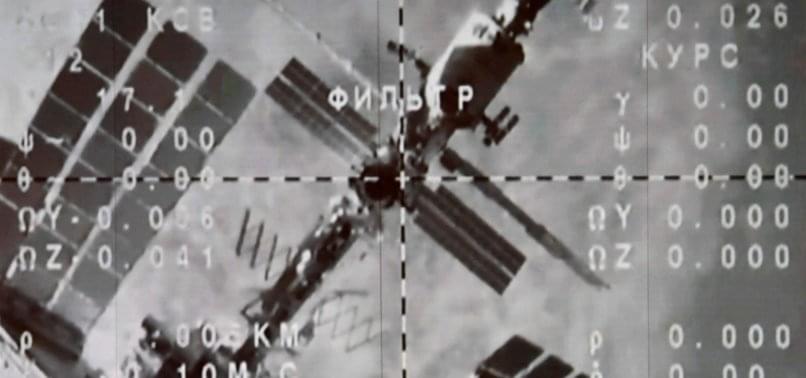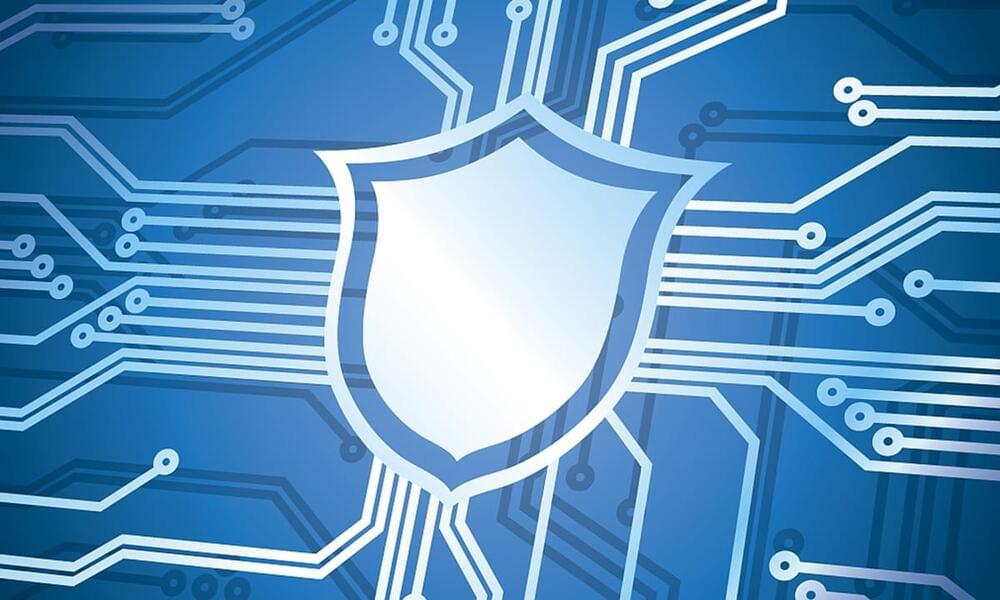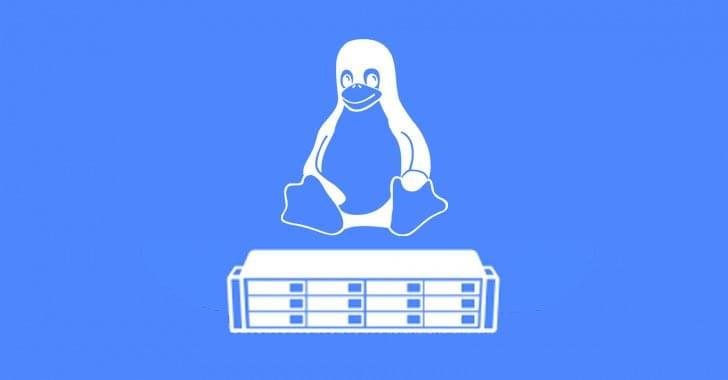Businesses need to have a complete view of where potential vulnerabilities or misconfigurations exist in the software supply chain.
SSTI and the UW–Madison-based Mayors Innovation Project recently released a new report arguing for a different approach that incentivizes diverse ways to travel to and from new developments. By funding public transportation, limiting parking and preserving the walkability of neighborhoods, Sundquist’s team argues, cities and states can reduce congestion better than if they only plan for cars.
The same solutions can help cities meet their policy goals, such as reduced emissions or more equitable access to services for residents.
“We look at the gap between policy goals on the one hand and the way decisions are being made that actually make things happen in the real world,” says Sundquist. “Often you have great policy goals, and then you have a bunch of rules of thumb that are still basically what was set in the ’50s during the interstate era.”
The field of machine learning on quantum computers got a boost from new research removing a potential roadblock to the practical implementation of quantum neural networks. While theorists had previously believed an exponentially large training set would be required to train a quantum neural network, the quantum No-Free-Lunch theorem developed by Los Alamos National Laboratory shows that quantum entanglement eliminates this exponential overhead.
“Our work proves that both big data and big entanglement are valuable in quantum machine learning. Even better, entanglement leads to scalability, which solves the roadblock of exponentially increasing the size of the data in order to learn it,” said Andrew Sornborger, a computer scientist at Los Alamos and a coauthor of the paper published Feb. 18 in Physical Review Letters. “The theorem gives us hope that quantum neural networks are on track towards the goal of quantum speed-up, where eventually they will outperform their counterparts on classical computers.”
The classical No-Free-Lunch theorem states that any machine-learning algorithm is as good as, but no better than, any other when their performance is averaged over all possible functions connecting the data to their labels. A direct consequence of this theorem that showcases the power of data in classical machine learning is that the more data one has, the better the average performance. Thus, data is the currency in machine learning that ultimately limits performance.
Hannah wraps up the series by meeting DeepMind co-founder and CEO, Demis Hassabis. In an extended interview, Demis describes why he believes AGI is possible, how we can get there, and the problems he hopes it will solve. Along the way, he highlights the important role of consciousness and why he’s so optimistic that AI can help solve many of the world’s major challenges. As a final note, Demis shares the story of a personal meeting with Stephen Hawking to discuss the future of AI and discloses Hawking’s parting message.
For questions or feedback on the series, message us on Twitter @DeepMind or email [email protected].
Interviewee: Deepmind co-founder and CEO, Demis Hassabis.
Credits.
In the last decades of his life, Albert Einstein hoped to unite his description of gravity with existing models of electromagnetism under a single master theory.
It’s a quest that continues to vex theoretical physicists to this day. Two of our best models of reality – Einstein’s general theory of relativity and the laws of quantum mechanics – are as immiscible as oil and water.
Whatever a combination of the two looks like, it will almost certainly reveal foundations to the Universe quite unlike anything we can visualize.
Russia’s space agency Roscosmos said it will bring a US astronaut back to Earth from the International Space Station at the end of this month, despite tensions between the two countries.
NASA astronaut Mark Vande Hei will return as planned on March 30 together with cosmonauts Anton Shkaplerov and Pyotr Dubrov in a Russian Soyuz space capsule, the agency said in Moscow on Monday.
“Roscosmos has never given partners any reason to doubt our reliability,” the agency said, adding that the safe operation of the space station is its top priority.
China captured a spy tool deployed by the US National Security Agency, which is capable of lurking in a victim’s computer to access sensitive information and was found to have controlled global internet equipment and stole large amounts of users’ information, according to a report the Global Times obtained from the National Computer Virus Emergency Response Center exclusively on Monday.
According to the report, the Trojan horse, “NOPEN,” is a remote control tool for Unix/Linux computer systems. It is mainly used for stealing files, accessing systems, redirecting network communication, and viewing a target device’s information.
Through technical analysis, the center believes that the “NOPEN” Trojan horse is characterized by complex technology, comprehensive functions and strong concealment, which can fit a variety of processor architectures and operating systems. It can also collaborate with other cyber weapons and is a typical tool used for cyber espionage.
The lightweight and portable Panzerfaust 3 has been in the news as of late due to its use in the ongoing conflict between Russia and Ukraine. A newer version of the World War II-era Panzerfaust, it allows soldiers to penetrate all forms of tank armor, thanks to its use of shape-charged warheads.
—weapons don’t bring peace they only boost one’s stupidity. We shall all see how cheering for one side, instead of peace plays out. I don’t trust crooked governments, I don’t trust the media, I only trust peace and stability that few can provide.
It can penetrate all forms of tank armor, thanks to its warheads.
The Nordic way to stop bullying
Posted in health
